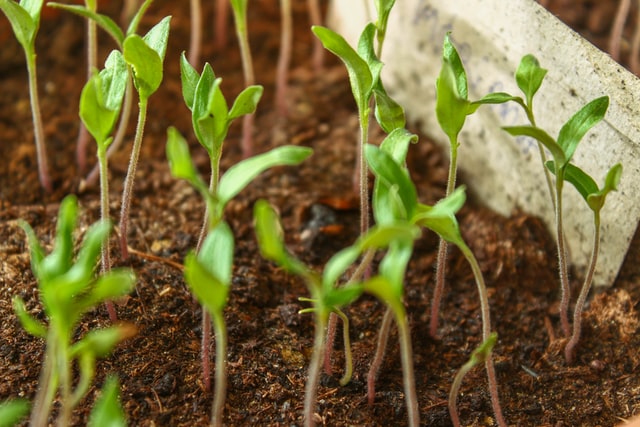Researchers use new tool to study stress in root-colonizing bacteria
by Utah State University
One solution to agriculture’s many challenges—climate change-induced drought, less arable land, and decreased water quality, to name a few—is to develop smarter fertilizers. Such fertilizers would aim not only to nourish the plant but also to maximize soil bacteria’s positive effects on the plant. Tapping into a plant’s microbiome may be the extra layer of defense crops need to thrive.
In their study published on Dec. 4 in Nature Scientific Reports, researchers at Utah State University analyzed the effects of two abiotic stressors on Pseudomonas chlororaphis O6 (PcO6), a health-promoting bacterium native to the roots of dryland wheat in northern Utah. They found that stress can cause compositional changes in the bacterium’s extracellular structures called outer membrane vesicles, or OMVs. Scientists have long known that bacterial cells release OMVs, but this study asks what factors prompts their release and how the myriad functions of those structures can be leveraged for the crop’s benefit.
Key to this study is understanding that bacteria is not always bad.
“There’s a lot more emphasis into what’s called the ‘microbiome revolution,’ you know, the fact that you carry four pounds of bacteria on your body right now, and it’s not all bad; in fact, it’s mainly all good,” said David Britt, full professor of biological engineering at Utah State. “Plants also have a microbiome, or ‘second genome’, and trying to understand how that microbiome interacts with the environment, and its plant host, is very important.”
>Read the Full Article: PHYS.ORG



 Source: Pexel.com
Source: Pexel.com Source: Pexel.com
Source: Pexel.com